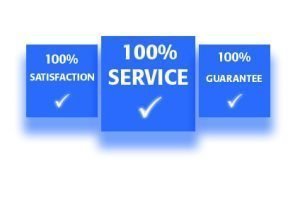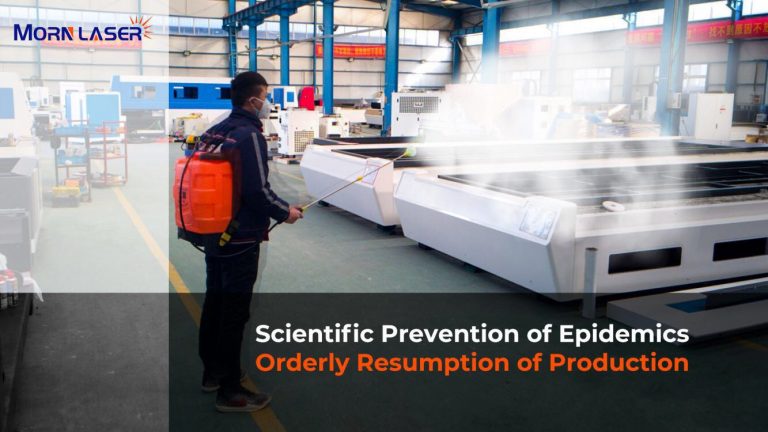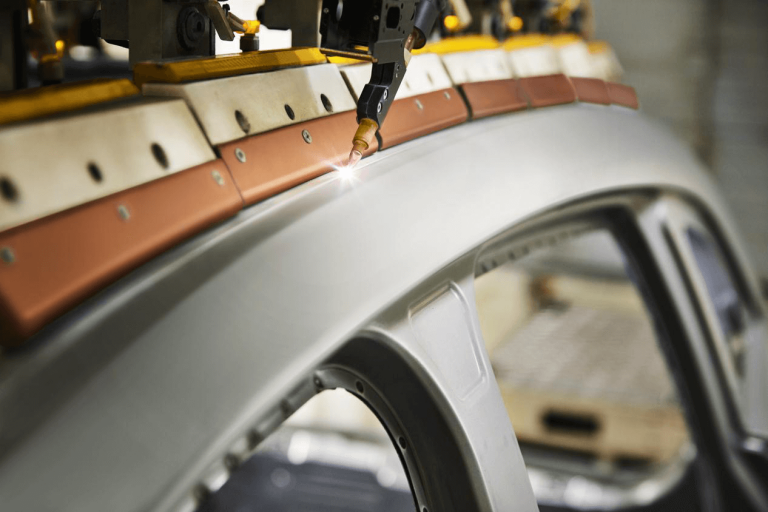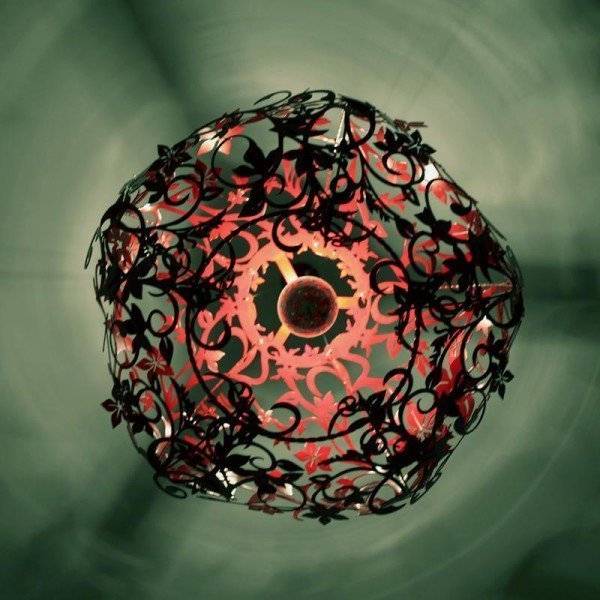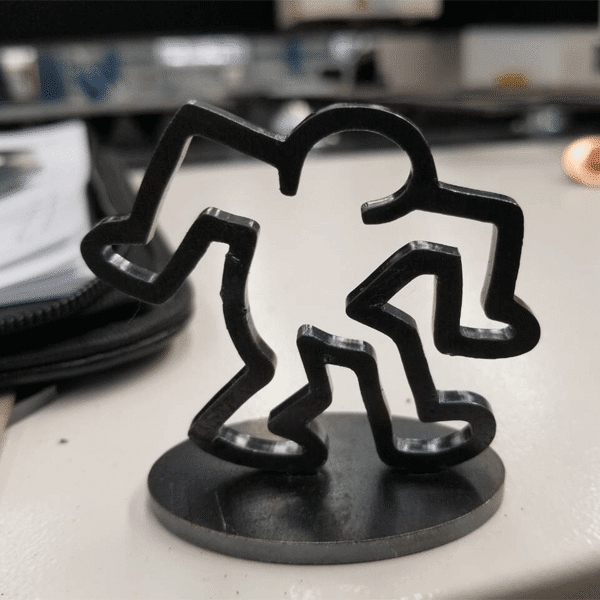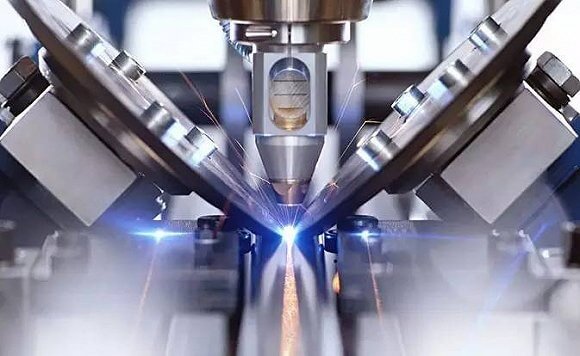As a newcomer to the market, one always faces this question: Should I buy a laser cutter from China or Local? How to choose the laser cutter that is the most affordable as well as of the highest quality needed for one’s business requirements.
So I researched the advantages and drawbacks of laser cutters between Chinese makers and local ones. The main factors include features, quality, after-sales service, transport, and price. Because most manufacturers are either located in the USA or China, and the Americans are known for higher technical specifications and features, your choice can vary depending on your requirements. Some people pay more attention to quality, some people are more concerned with the manufacturer’s’ service, and some with price, but also worried about the warranty. I will analytically compare the laser cutters from America, from Chinese manufacturers and your local ones.
This post analyzes the pros and cons of buying a laser cutter from the local market and the Chinese market. It should facilitate those who are tangled with local or Chinese tools and speed up their purchase journey. We will mainly cover the following aspects:
- Product Features
- Quality
- After-Sales
- transport
- price
Table of Contents
Product Features
“[Some options are] US-made lasers like an Epilog or UniversalLaser Systems. Then one day I realized that Trotec Laser‘s USA headquarters and showroom are in my backyard, so I checked them out. Instantly impressed with the build quality and I learned their lasers are made in Austria, as good as German engineered. BothEpilog and Trotec are high-end quality professionally engineered. The software is also very easy to use right from CorelDraw or Illustrator, the lasers act as a printer where you can configure the power/speed/cutting/engraving/etc., very straightforward.
The only issue with these was the price. The small Epiloglaser is around $15K, the smallest Trotec Speedy 100 was close to $20K if I recall and then you’d have to get the air filter, etc., all adding on top. Not really my kind of a budget for the tool.”
— From article《Importing a laser cutter from China》
If you are comparing Western and Chinese laser cutters, the main thing to consider is the laser source. The Western brands use primarily RF-Metal tubes, while the Chinese use the significantly cheaper and lower-end Glass tubes. I suppose the main question is do you really need RF-Metal tubes or would Glass be fine for what you intend to do?
To arrive at the answer, you may want to know the difference between RF-Metal laser tube and glass laser tube. Here are some important points:
Typical importance to consumers:
- Longevity
Glass laser tubes: approximately 3 years to 4 years
Metal laser tubes: approximately 5 years to 7 years
These figures should be considered in conjunction with the next point.
- Price (or Operational Cost)
Assuming a 5-year life expectancy for a 50w Metal tube and 3 years for a50w Glass tube, let us compare the cost for a 6-year operational period.
Given below are the figures provided by a laser tube manufacturer for a Metaltube that cost $3,080 at the beginning of operations.
- 50w minor repair $2,750
- 50w major repair $5,720
- 50w return/replacement $7,150
On the other hand, for a 50w Glass tube, which costs originally $500, even if we assume 2 replacements in 6 years, the overall cost is $500 + 2*$500 =$1500
This makes Glass tubes much more appealing.
- Warranty
Typical Metal laser tube warranty for one (1) year.
- Some laser machine manufacturers extend this warranty an additional year to provide a two (2) year warranty on their Metallaser tubes.
Typical Glass laser tube warranty typically for only a short term, mere 90 days
- CheckMate Lasers has field-proven our Glasstubes to average 3-4 year lifespan, so we stand behind our laser tubes for a full two (2) year warranty!
- Operation
ALL Glass laser tubes must be water-cooled
Metal laser tubes up to 120 watts can be air-cooled
Metal laser tubes 150 watts or higher are ALL water-cooled
(None of the major laser machine manufacturers offer water-cooled systems below 120 watts any longer!)
- Quality
Light from a CO2 laser is light from a CO2 laser, no difference at all!
These are all from article 《GLASSLASER TUBES vs. METAL LASER TUBES》
If you want to know more about laser tubes, please check the page out.
Another factor one considers while comparing laser cutters is accuracy: American machines have relatively high accuracy, suitable for the very precise requirements of researchers. Chinese machines sometimes have a difference in accuracy by 1 to 2 mm; such differences do not affect the use of most handicraft producers, artisans, teachers, and laser enthusiasts. Therefore, for doing crafts, for beginners and small business users, for science museums and DIY users, choosing ‘Made in China’ is more affordable.
Note:There is no big difference between American and Chinese machines for Non-Metal materials. They are all used for cutting and engraving acrylic, plastic sheet, paper, double-color board, wood board, fabric, glass, leather, cloth, fur, Plexiglas, resin, rubber, bamboo, etc. But only for Metals, you would be thinking about an RF-Metal laser tube from American manufacturers.
Quality
You can get an idea of the product quality by visiting the manufacturers’ factories, understanding their quality control system, and going through their documents and third-party certifications. Most importantly, by gaining an operational experience yourself.
Local: Most laser cutters, in this case, are imported from countries like China and India. To keep a good profit margin, some accessories may even have cheap parts. If not a professional, it is difficult to figure out the source or the quality of the accessories. Sometimes, even machines sold with local companies’ labels are actually low-cost machines from China or India, sold with a mark-up. So, if you are eventually buying a Chinese machine, it makes sense to import directly from China as it provides a much wider choice of products, including high-end options that closely match the quality and parameters of Western brands.
Made in China: The quality of laser cutters made in China is mixed. There are some small workshops. These workshops have only one or two persons from production to sales and offer poor quality and low service levels.
At the same time, there are some excellent manufacturers too, who have evolved to high quality and new design. They have their own design teams that continue to improve and develop their machines, get more advanced features, build a brand and offer superior quality products.
So, choosing a reliable manufacturer is very important.
Note:It is well known that American laser cutters have higher quality and higher price. But we have to note the flexible design of Chinese laser cutters. Sometimes, the latter can offer you the best solution for your difficult problems.
After-Sales
Local advantage:
A: Technical personnel can install and repair for aftermarket; solve problems faster.
B: If problems occur, returns would be more convenient.
Drawbacks: In a typical scenario, if your laser cutter is from another city, there is a time cost involved, which would dissuade the local tech expert from coming to your location immediately. Plus, your usual eight-hour workdays, holidays and other daily engagements, and your problem are not going to be resolved quickly.
China advantage:
A: China also has eight-hour workdays and holidays, but the work culture is geared towards service. At any time there will be tech personnel willing to assist you through documents, video and online communication to help you solve your problems quickly.
Drawbacks: You cannot get on-site guidance and technical personnel. The parts can be returned free of charge but you might have to bear freight charges.
Another point if you are buying a Chinese machine locally – you might not get good after-sales service through the local supplier. In many cases, it might be quite the opposite.
Note:Contrary to impression, barring a few examples, most Chinese bosses employees do overtime only in very special cases. So, the quality of service is never below par.
Transport
Local: Local transport is the most advantageous; you can get laser cutters and engravers in a short period of time. And short-distance transport limits any damage to the laser engraving machine.
China: There is some advantage on this front too –many Chinese brands of laser cutters have their own overseas warehouses, allowing quick machine delivery.
The actual factor that matters is how developed local logistics systems are. If you buy from China, you do not need to worry about door-to-door service, but at the cost of higher shipping charges.
Note: If you are particularly anxious to use the machine and the target is adequate, a laser cutter from a local provider is not a bad choice.
Prices
Local: High prices, low shipping costs. There are two cases – one is already high local costs; the other is involving a middleman, who imports Chinese machinery and sells at twice or higher the original price.
China: Chinese laser cutters’ general price is very low. But, this price advantage might be lost if the shipping cost to your location is very high. Of course, it is possible that even after adding the shipping cost to the price, the Chinese machine might be cheaper than the local option – if this applies to you, congratulations, you can save a lot of money!
Note:American laser cutters are always priced high because of high-quality as well as the brand value. The prices of laser cutters from China vary across a wide range, so choosing one from China is a topic worth devoting time to.
So, it boils down to the price and your requirements. You can buy three Chinese laser cutters for the price of one western machine for the same purpose. Even if one fails, the production will not stop.
These are all my personal opinions of course. Should you buy a laser cutter from China or a local one? Based on your target, choose the one that will get the job done!



